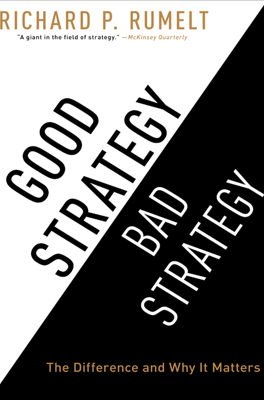Using Your Head
This chapter begins with a personal anecdote from the author's early experience at Harvard Business School, illustrating the powerful yet often overlooked role of simple dialogue in uncovering critical aspects of strategic thinking. During an interview, the author's straightforward questions prompted a senior manager to reflect deeply on his division's purpose and approaches—comparatively simple engagement, yet deemed the most valuable conversation by the manager. This narrative underscores the often-overlooked importance of reflection in strategy.
The core message here is simple yet profound: effective strategy more often stems not from complex frameworks but from reflective, straightforward inquiries. The dialogue not only helped the manager clarify strategic objectives but enlightened the author about the value of reflective questioning.
Years later, the story of Frederick Taylor and Andrew Carnegie further emphasizes the essence of reflection in strategy. Carnegie, upon receiving seemingly simple advice to make a list of priorities, finds profound value in the exercise, highlighting that the act of listing not only combats forgetfulness but also forces prioritization and actionable reflection. This legitimizes a foundational tool in strategic thinking—clearly listing and prioritizing goals to counter our cognitive limitations.
In another brush with strategic thinking, during a session with executives about TiVo, a diverse range of solutions and recommendations are explored. The narrative provides a critical analysis of how professionals often reach conclusions or strategic recommendations. Most notably, the discussion reveals a common bias towards accepting initial judgments without sufficient scrutiny. The key insight here is that individuals often default to the first solution that comes to mind, necessitating a disciplined approach to consider multiple perspectives and challenge initial judgments. The author advocates for an iterative approach to strategy, where one develops and critiques multiple strategic alternatives to find the most robust path forward.
Techniques to enhance strategic thinking are also explored. The discussion introduces concepts such as the 'kernel', which comprises a diagnosis, guiding policy, and coherent actions. This framework helps in structuring strategic thoughts from the inception of an idea. Other techniques like Problem-Solution linkage, Create-Destroy for robust solution testing, and the practice of employing a virtual 'panel of experts' for diverse perspectives are discussed. These methodologies focus on expanding one's cognitive and reflective capabilities to foster robust strategic plans.
Finally, the practice and improvement of judgment in strategy are stressed as critical skills. The author suggests that good judgment can be cultivated through practice, particularly through committing to and reflecting on one's decisions and predictions. By pre-committing to judgments before discussions or decisions, one creates a basis for evaluating and refining their strategic foresight and decision-making skills.
In essence, this chapter encapsulates a holistic approach to strategic thinking, emphasizing the necessity of reflective practices, rigorous evaluation of multiple strategies, and continuous improvement in judgment. It serves as a reminder that the most effective strategy often emerges from simple, disciplined, and reflective inquiry, rather than overly complex tactical maneuvers.
